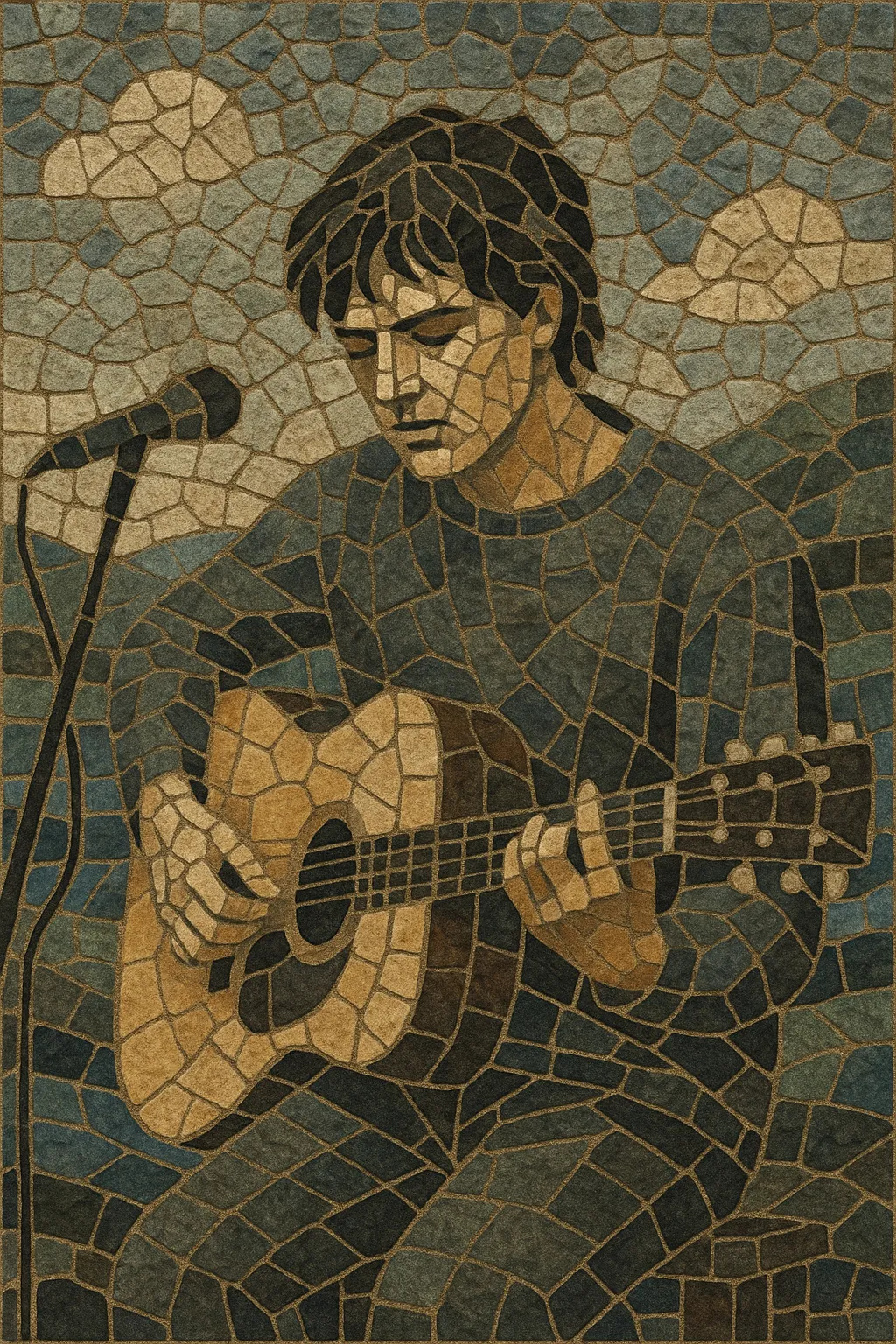
The Dunedin sound is a jangly, DIY strain of indie pop and post‑punk that emerged in the early 1980s around the university city of Dunedin, New Zealand. Characterized by chiming, reverb‑kissed guitars, melodic basslines, and propulsive but minimalist drumming, it balances a nervous post‑punk edge with wistful, tuneful songwriting.
Recorded largely on shoestring budgets for Flying Nun Records, the music often embraces lo‑fi aesthetics: natural room ambience, slight tape saturation, and a raw, live band feel. Lyrics tend to be literate, bittersweet, and evocative of small‑town life, nature, and interior states, giving the songs an intimate, homespun charm that belies their enduring pop craft.
In the late 1970s and early 1980s, post‑punk’s DIY ethos reached New Zealand’s South Island, where Dunedin’s student scene fostered bands eager to combine punk’s urgency with tuneful guitar pop. The city’s geographic isolation shaped a distinctive approach: limited studio access, abundant rehearsal spaces, and a strong community of musicians willing to share gear and know‑how.
The pivotal catalyst was Flying Nun Records, founded by Roger Shepherd in 1981. In 1982 the label issued the landmark "Dunedin Double" EP—a split release by The Chills, The Clean, Sneaky Feelings, and The Verlaines. Its jangly guitars, melodic basslines, and literate songwriting crystallized what became known as the Dunedin sound and introduced it to a national audience.
Throughout the mid‑to‑late 1980s, more Flying Nun artists—The Bats, Look Blue Go Purple, Tall Dwarfs, Straitjacket Fits, and later The 3Ds—expanded the palette, from pastoral jangle to noisier, more psychedelic edges. College radio in the US and indie press in the UK championed these records, situating Dunedin alongside Scotland’s Postcard scene and America’s college‑rock underground.
By the early 1990s, the Dunedin sound had become a touchstone for global indie. Its combination of bright, chiming guitars, hook‑laden melancholy, and lo‑fi production informed C86 bands in the UK, seeded twee pop and noise pop, and fed into the aesthetics of indie rock, shoegaze’s hazy textures (via acts like Straitjacket Fits), and later slacker and lo‑fi movements. Periodic revivals and ongoing releases from veteran bands attest to its enduring appeal.

